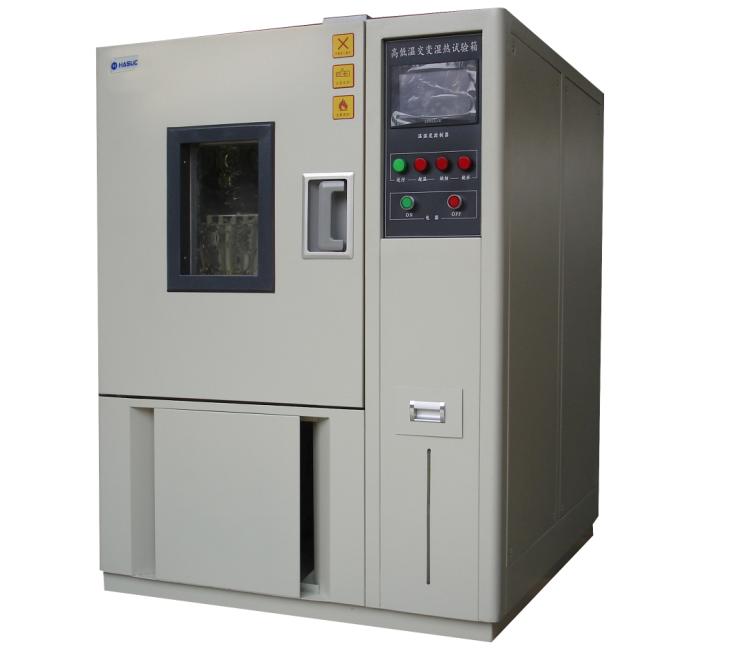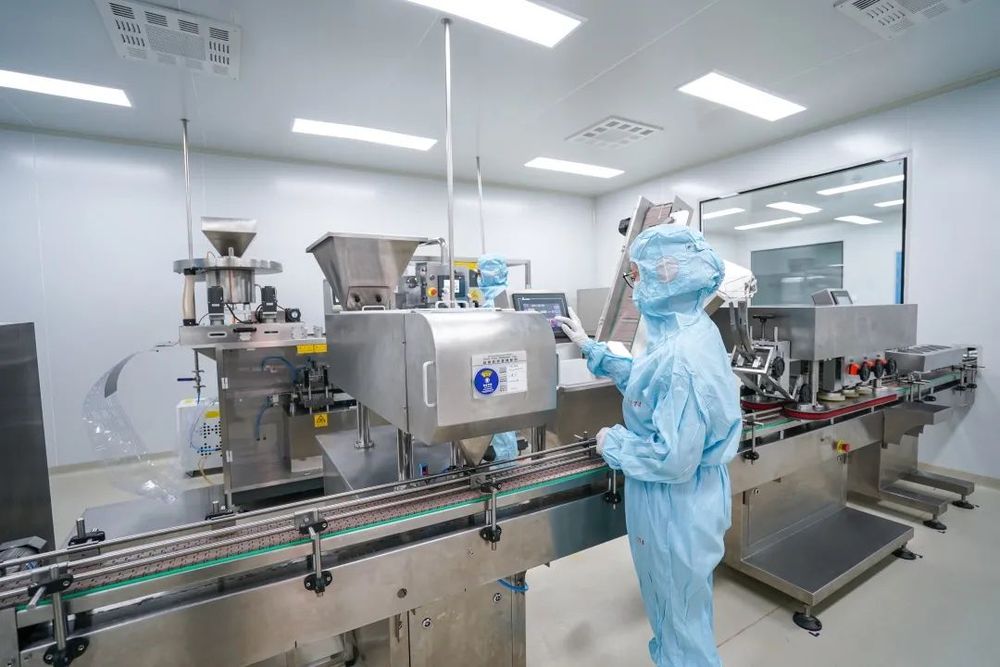The significance of digital twin technology in intelligent manufacturing for the full life cycle management of instruments
In today's global manufacturing industry, intelligent manufacturing has become a key driving force for industrial upgrading and transformation. Intelligent manufacturing not only depends on advanced technical means, but also on a deep understanding and optimization of the entire manufacturing process. In this process, as an emerging intelligent technology, digital twin technology is being widely applied, especially in the field of instrument manufacturing, where its significance for the full life cycle management of instruments is particularly important.
One, optimize design and production
Digital twin technology, by simulating the physical behavior of real products, can provide more accurate and comprehensive references for instrument design. In the design phase, engineers can estimate the impact of various possible production conditions and environments on instruments through digital twin models, thus optimizing design, reducing unnecessary rework, and improving design efficiency and product quality. At the production stage, digital twin technology can monitor various parameters in the production process in real time, such as temperature, pressure, and flow, predict potential problems through the model, and intervene in advance to ensure the stability and reliability of the production process, reduce waste, and improve production efficiency.
Two, enhance equipment maintenance and management
Digital twin technology can realize the virtual management of equipment, through real-time monitoring of equipment, potential problems of equipment can be discovered in time, and maintenance can be carried out in advance to avoid equipment failure leading to downtime. In addition, through the digital twin model, the performance of equipment can be predicted, and a reasonable maintenance plan can be formulated to extend the service life of equipment and reduce maintenance costs. At the same time, digital twin technology can also realize remote monitoring and management of equipment, making equipment maintenance more convenient and efficient, and improving the availability and reliability of equipment.
Three, enhance the transparency of the production process
Digital twin technology can visualize the production process, and through the digital twin model, all links in the production process can be clearly seen, including the supply of raw materials, execution of production processes, and inspection of finished products, thus realizing the transparent management of the production process. This transparent management can not only improve the controllability of the production process, but also improve efficiency, reduce waste, and improve product quality.
Four, enhance product innovation and R&D capabilities
Digital twin technology can simulate the entire life cycle of product design, production, and use, and by simulating different usage environments and conditions, potential problems of the product can be discovered in advance, optimizing product design, and improving product performance and reliability. At the same time, digital twin technology can also realize virtual testing and verification of products, accelerating the speed of product innovation and research and development, and reducing research and development costs.
In summary, the application of digital twin technology in the full life cycle management of instruments can not only improve the efficiency and quality of instrument manufacturing, but also reduce production costs, enhance product performance and reliability, and improve corporate competitiveness. Therefore, the application of digital twin technology in the field of instrument manufacturing is of great significance and value.
instrument manufacturing, but also reduce production costs, enhance product performance and reliability, and improve corporate competitiveness. Therefore, the application of digital twin technology in the field of instrument manufacturing is of great significance and value.
